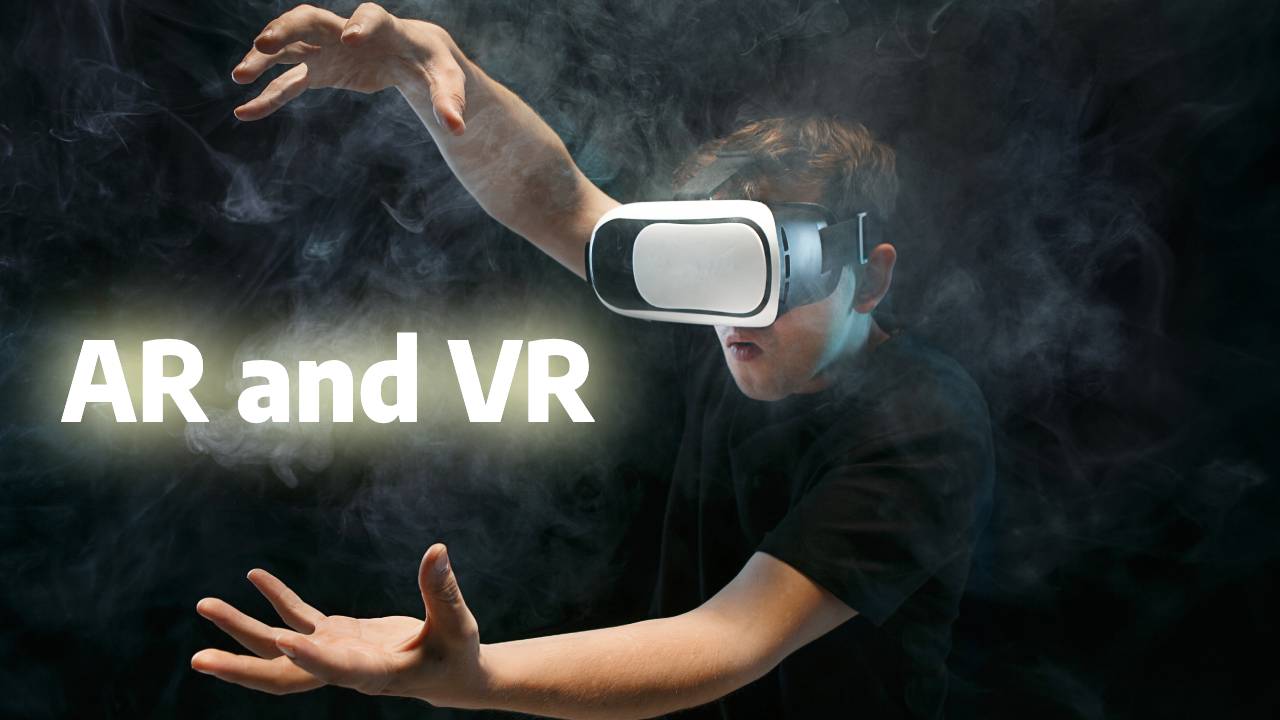AR and VR: The world is getting smaller and smaller as technology has brought people from far ends of the world closer than ever. From voice calling and video conferencing connecting with someone online is getting more and more interactive. In recent time, technology has breached all boundaries, Augmented and virtual reality has transformed and reshaped the ways we interact with our surrounding and connect with people online. These new technologies present promising solutions and more immersive experiences in the online world.
What is augmented reality and virtual reality?
Augmented reality is an integration of digital images, videos or 3D models into the real world through devices that have a camera. Smartphones and tablets take real time videos of the users surrounding and adds digital contents like images and 3D models to give better perception and providing contextually relevant information. Google’s “view in your space” and games like Pokémon GO are excellent example of current day AR.
On the other hand, Virtual Reality is referred to a completely synthetic environment generated by computer for the user to access through special devices that block out the real world and replace it with a virtual one. This virtual world can be a copy of physical world or a completely animated one which gives its user the ability to perform actions in it.
AR and VR enables user to interact and manipulate virtual objects, explore and engage in simulated experiences and perform actions with little to no real-world consequences.
What are the applications of AR and VR?
Due to its ability to enhance user experience through video-audio input and output AR and VR finds multiple applications in e-commerce, education, gaming, architecture and other industries. AR enables user to visualise how specific products like furniture and decorations will interact with their surrounding before buying them. It can also provide hands on learning experience by overlapping educational material onto digital content. AR is also used in manufacturing and maintenance to provide technicians wit real time information and instruction to improve efficiency. Meanwhile, VR offers realistic and immersive simulations to provide training for complex and critical tasks like surgery, military regime and emergency response. Designers, architects and planners could create models in the virtual world using VR facilitating design visualisation for stakeholders and investors.
What the future holds?
Continuously improving hardware, and evolving computational power wombs enormous scope for the development and progression of AR and VR. Their convergence and collaboration with other transformative technologies like AI and ML holds a promise to great impact and innovation. AR and VR holds immense opportunities in all fields from artists to policymakers. Affordable hardware and better software can lead to widespread adoption of the technology, forging wonders all around the dynamic landscape.
Also Read – AT&T Outage Problem is Resolved After a Day Long Hussle: It’s an Cloud Misconfiguration Issue




